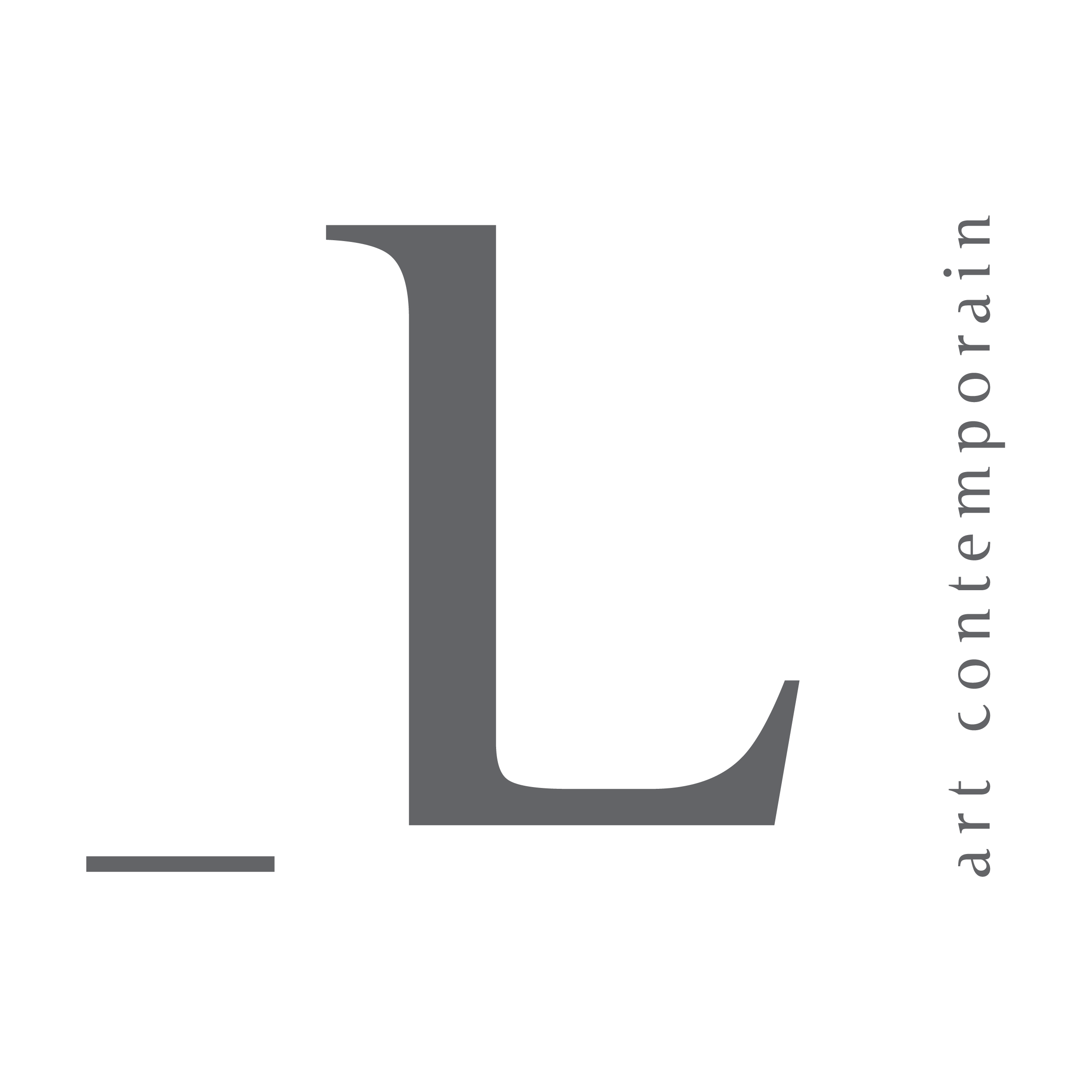Julien Spiewak and Dow Wasiksiri

Vernissage November 13, 2025 at 5PM
Exhibition Until December 6, 2025

Download PDF
for more information
Crossroads presents the works of Julien Spiewak (b. 1982, Paris) and Dow Wasiksiri (b. 1956, Bangkok), two photographers whose practices intertwine across time and geography to reconsider the relationship between East and West, past and present. Both artists examine how history persists not as a distant narrative but as a living presence within the visual and material fabric of contemporary life. Through the acts of staging, insertion, and rephotography, they open a dialogue between the inherited image and the contemporary body, suggesting that to look is also to inhabit, to claim, and to transform.
In Julien Spiewak’s series Corps de Style (2005–present), fragments of nude bodies are photographed within historic interiors, spaces once preserved for their aesthetic and social refinement. The artist’s lens navigates these environments with quiet precision, allowing flesh and fabric, body and ornament, to echo one another. In Spiewak’s work the body functions not as spectacle but as conduit, drawing attention to the histories inscribed in domestic architecture and decorative craft. When Corps de Style extended to Thailand through Rang Ruam Samai (2024), these dialogues intensified. The Thai contexts of Siri Sala Private Thai Villa, Wat Suwannaram Ratchaworawihan, and So Heng Tai Mansion offered new cultural vocabularies of interior space and craftsmanship, situating Spiewak’s work within an expanded global conversation about heritage, intimacy, and the poetics of space.
Dow Wasiksiri, one of Thailand’s most significant photographic voices, approaches the question of history from another direction. His series Conversations with the Past (2012) reengages colonial-era photography, a medium that once codified hierarchies of race, progress, and modernity. In works such as Fancy a cup of Java?, Wanna play Angry Birds, and One small step, Wasiksiri inserts his own image into archival scenes, bridging centuries in a gesture that is at once playful and critical. His presence complicates the authority of the original photograph, transforming what might have been a colonial record into a site of self-awareness and irony. The result is not merely an act of historical correction but an exploration of how images continue to shape collective memory and contemporary identity in a globalised world.
Placed in dialogue, Spiewak and Wasiksiri engage two forms of the archive: the architectural and the photographic. Both artists disrupt the supposed neutrality of historical preservation. Spiewak reanimates the museum interior, allowing human presence to re-enter its carefully composed stillness. Wasiksiri intervenes in the colonial image, reclaiming the power of representation through the act of reappearance. Each suggests that the archive, rather than being a fixed repository of knowledge, is a porous structure open to reinterpretation. In both, the past is not retrieved but performed, not remembered but reenacted through the language of the body and the gaze of the camera.
Crossroads proposes that identity and history exist in constant negotiation. The exhibition’s title, refers both to the encounter between two artists and to the act of looking across cultures and epochs. Spiewak and Wasiksiri remind us that every photograph carries within it more than one time, more than one point of view. Their works transform the dialogue between East and West into an evolving conversation about seeing itself: how we perceive, how we inherit, and how we continue to shape the visual memory of our shared world.
Jeen Snidvongs
Director of West Eden Gallery (Bangkok)
